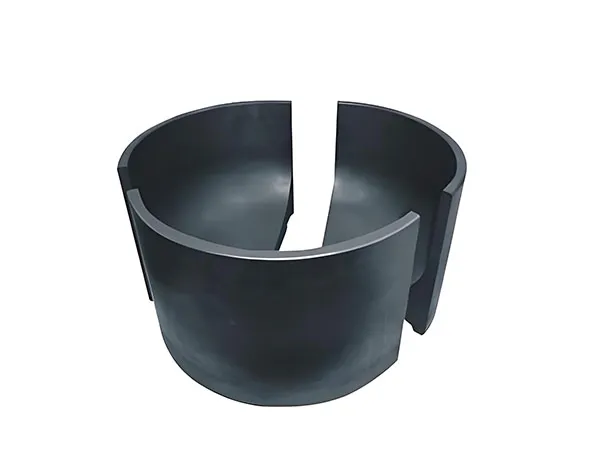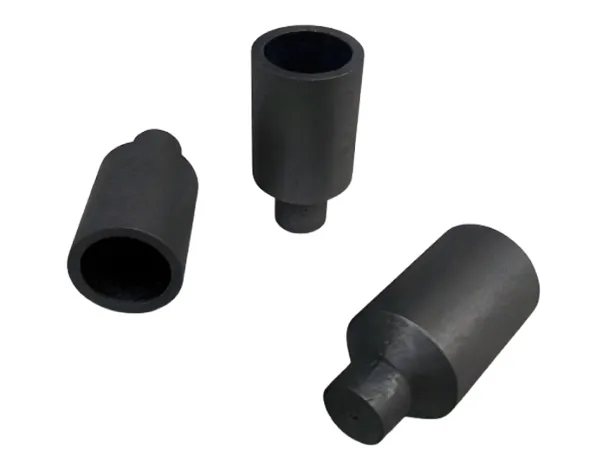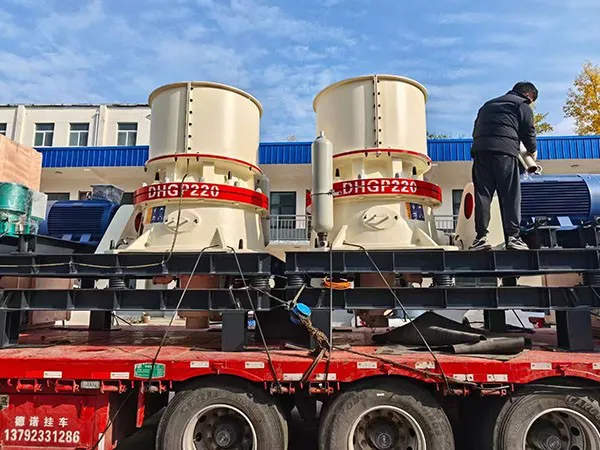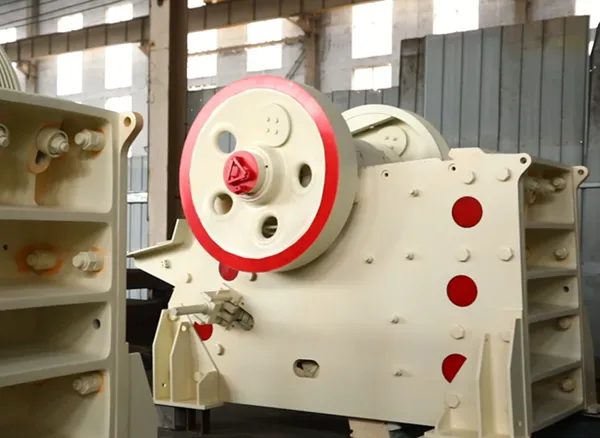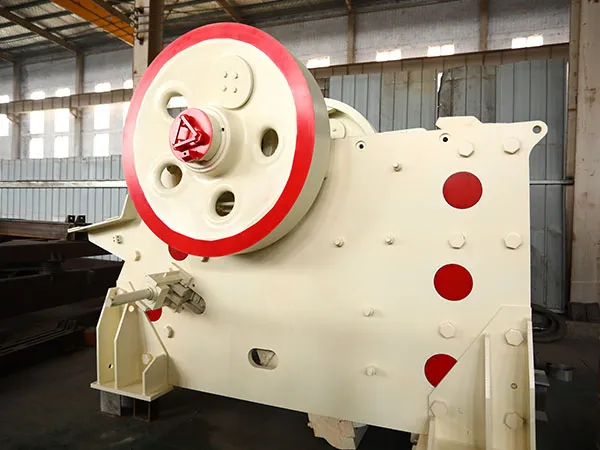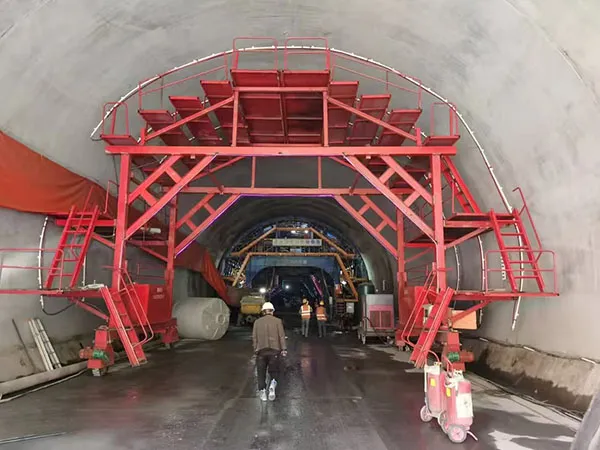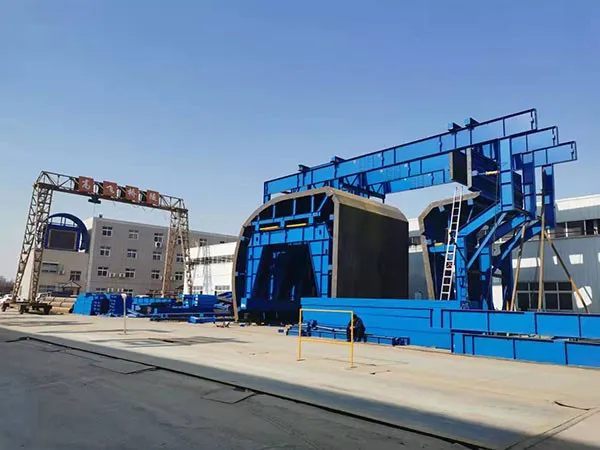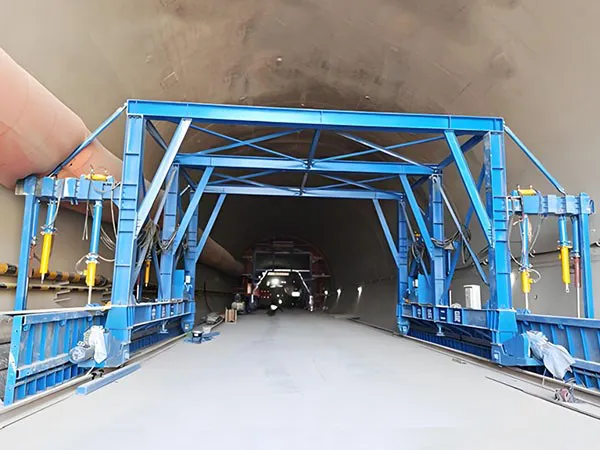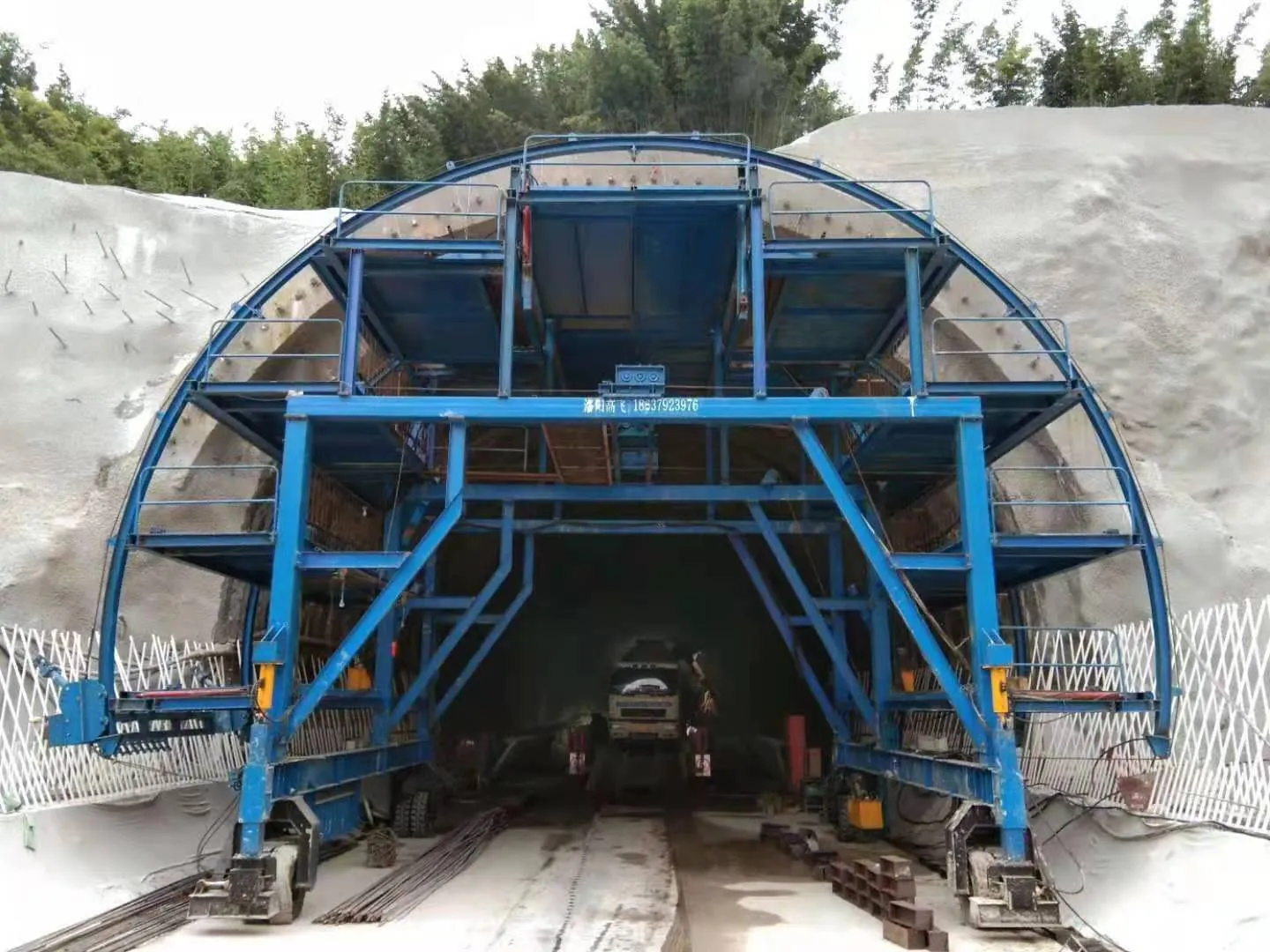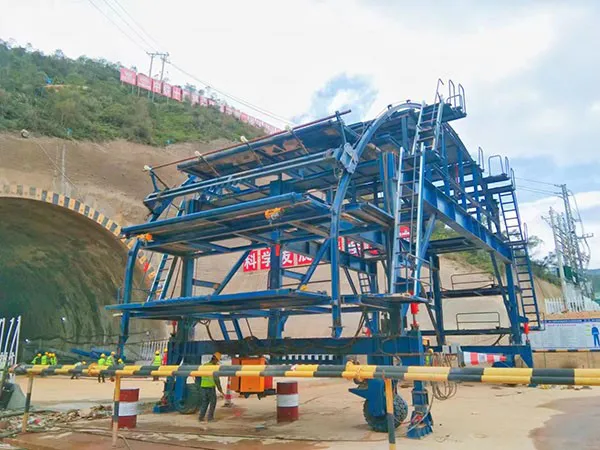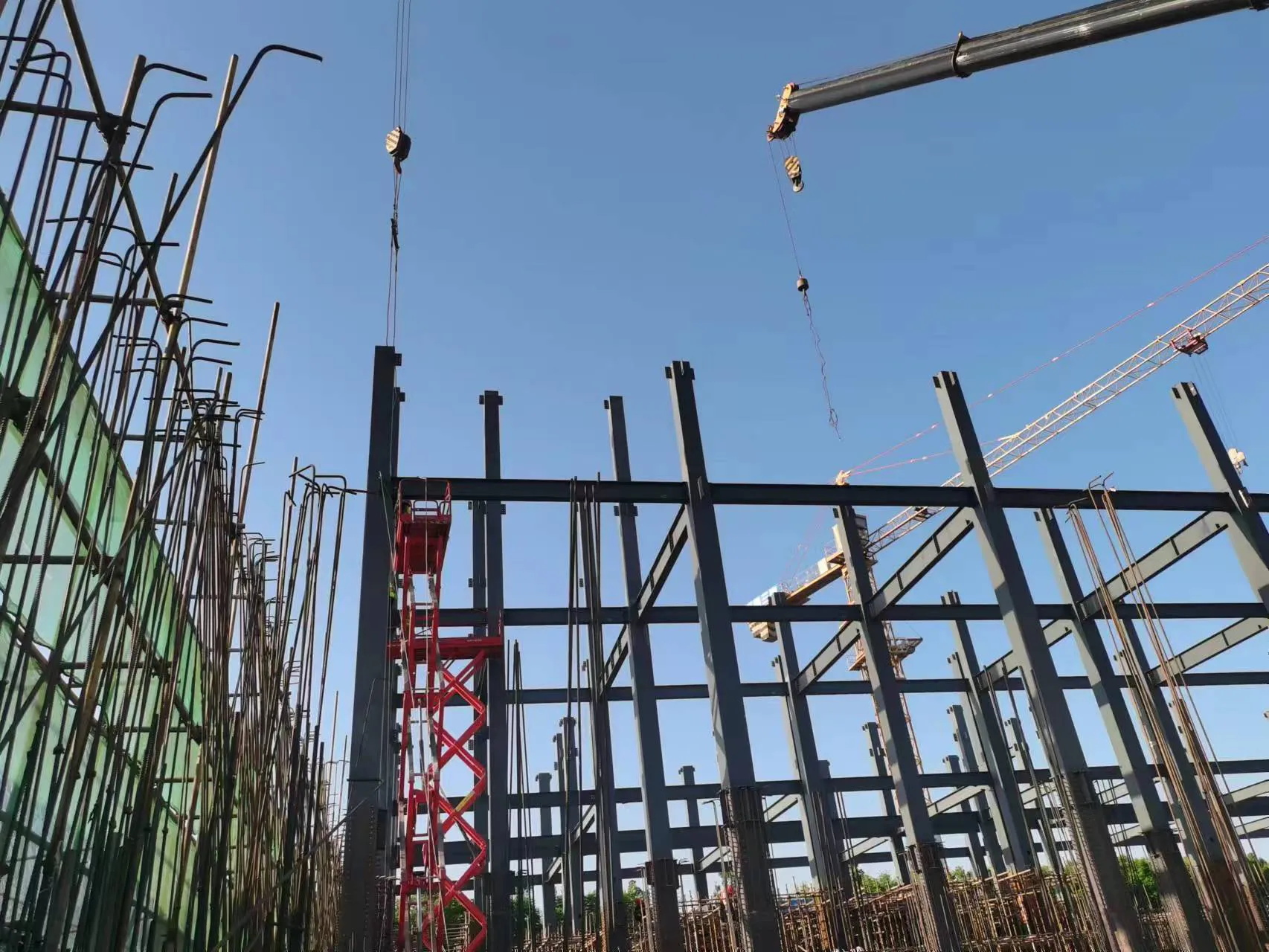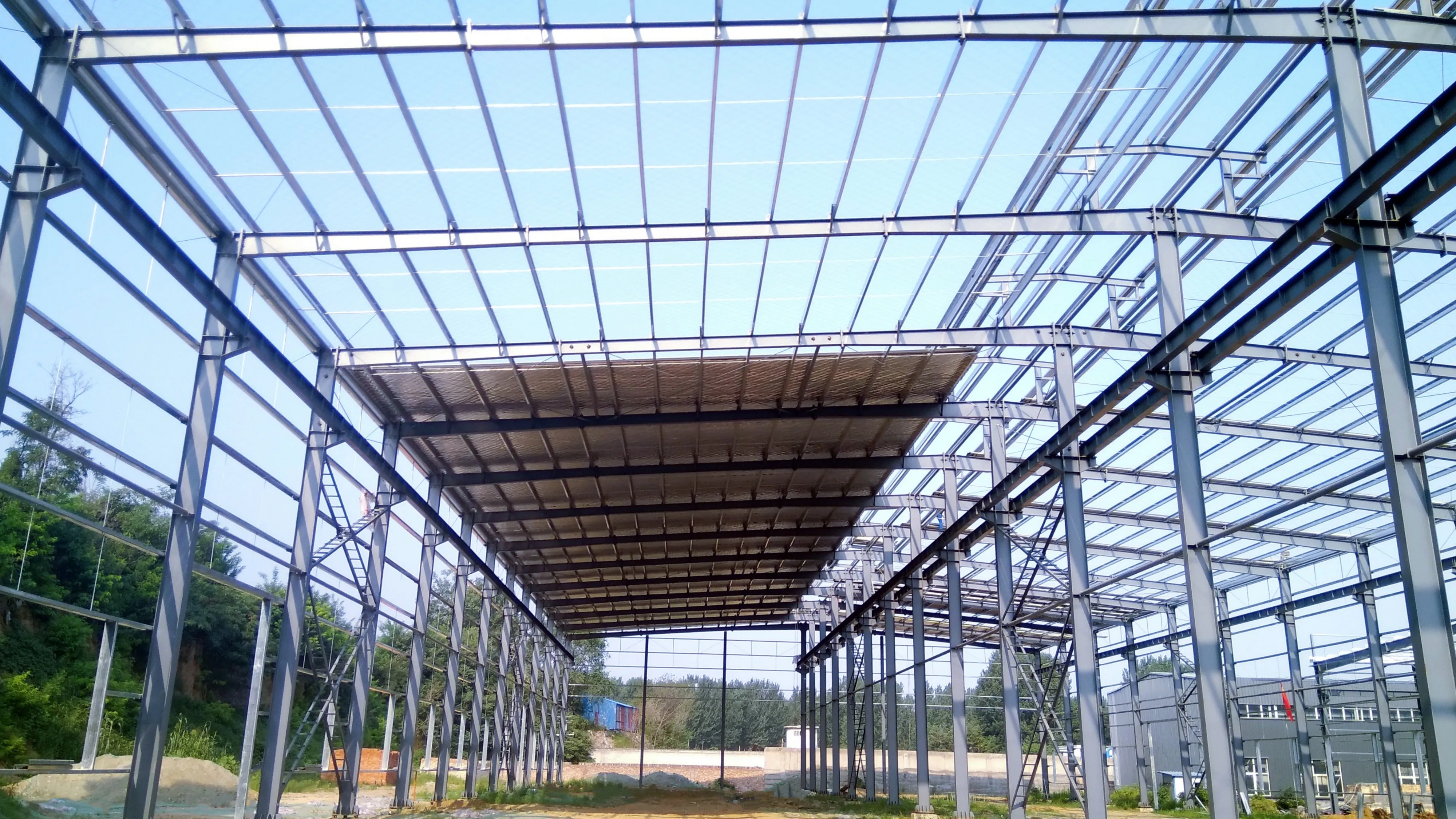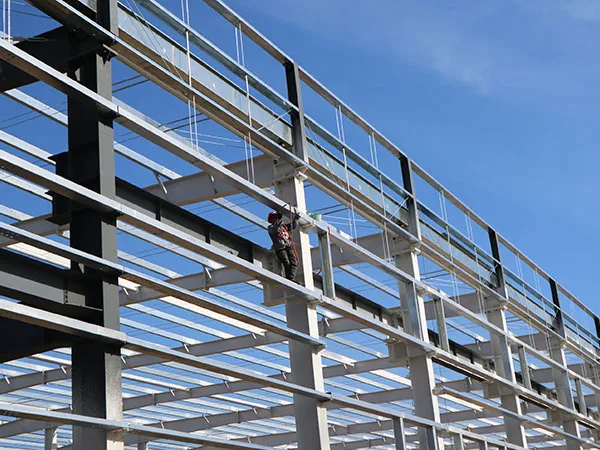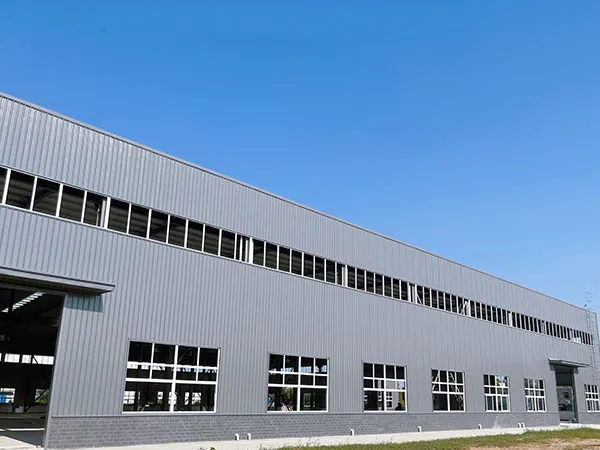The vibration force of a vibrating screen is a critical factor that directly impacts screening efficiency, material flow rate, and overall equipment performance. Whether you’re dealing with fine powders or coarse aggregates, proper adjustment of vibration force ensures optimal separation and prevents excessive wear or mechanical failure. Understanding how to fine-tune the vibration settings can help you adapt to different materials, improve productivity, and extend the lifespan of your machine. In this guide, we’ll walk you through the basic principles and step-by-step methods for adjusting the vibration force of your vibrating screen effectively and safely.
Vibrating screen vibration force adjustment

Adjusting the vibration force (often referred to as excitation force or G-force) of a vibrating screen is crucial for optimizing screening efficiency, preventing damage to the screen, and adapting to different material types or feed rates. The exact method depends heavily on the specific design of the screen’s vibrator mechanism, but here are the common ways it’s done:
1. Adjusting Eccentric Weights (Most Common Method):
Mechanism: Most vibrating screens use rotating shafts with eccentric counterweights. The rotation of these unbalanced weights generates the vibration. The amount of force generated depends on the mass of the weights and their distance from the center of rotation (eccentricity).
How to Adjust:
Adding/Removing Weight Plates: Many systems have counterweights composed of several stacked plates or blocks. By adding or removing these plates (usually in symmetrical pairs on both sides of the shaft or on corresponding shafts), you change the total rotating unbalanced mass, thus increasing or decreasing the vibration force.
Changing Weight Position (Angle/Radius): Some designs feature adjustable counterweights that can be rotated relative to the shaft or to each other.
Single Adjustable Weight: A single block might be designed to slide radially outwards (increasing force) or inwards (decreasing force) and then be locked in place.
Multiple Adjustable Weights: Often, there are two or more weight segments per side. By changing the angle between these segments, you change the effective eccentricity (the distance of the combined center of mass from the shaft center). Moving them closer together (aligned) maximizes the force; moving them further apart (opposed) minimizes or cancels out the force.
Location: These weights are typically located at the ends of the vibrator shaft(s), often enclosed within protective guards.
Procedure:
Safety First: ALWAYS lock out and tag out the power supply to the screen before removing guards or making adjustments.
Remove the protective guards covering the eccentric weights.
Loosen the bolts securing the weights.
Add/remove plates or adjust the angular position of the weights according to the manufacturer’s instructions. Crucially, adjustments must be identical on both sides of the screen (or on corresponding shafts) to maintain balanced vibration and prevent damage.
Ensure weights are securely tightened to the specified torque.
Reinstall the guards.
Test run the screen and observe performance.
2. Adjusting Speed (RPM):
Mechanism: Vibration force is proportional to the square of the rotational speed (RPM). Therefore, changing the speed significantly impacts the force.
How to Adjust:
Variable Frequency Drive (VFD / VSD): If the screen motor is controlled by a VFD, adjusting the frequency output directly changes the motor speed and thus the vibration force. This is the easiest and most flexible method if available.
Changing Pulleys (Sheaves): For belt-driven systems without a VFD, you can change the size ratio of the motor pulley and the vibrator shaft pulley. A smaller motor pulley or a larger vibrator pulley will decrease speed (and force); a larger motor pulley or a smaller vibrator pulley will increase speed (and force). This requires calculating the correct pulley sizes and potentially changing the belt length. This is a less common adjustment method used more for initial setup or major process changes.
…
For more detailed information on how to adjust the excitation force of the vibrating screen, please click here:https://www.hsd-industry.com/news/vibrating-screen-vibration-force-adjustment/

